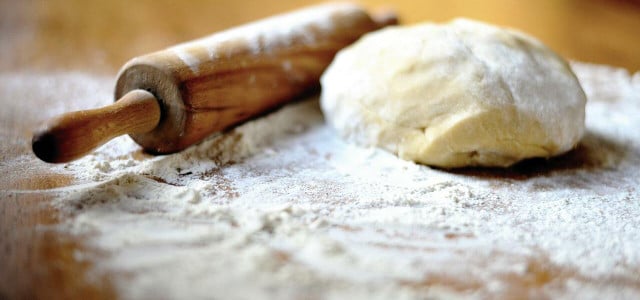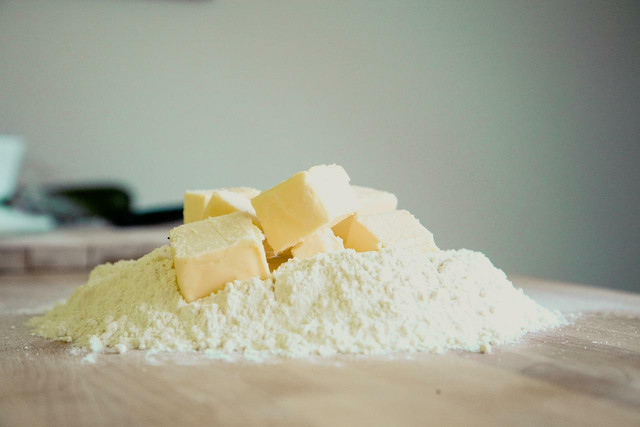
Scientists in Germany regularly find germs in flour samples. Here you can find out how dangerous the germs are and what needs to be considered when processing flour.
In 2018, the official food control examined 328 flour samples. It was wheat flour as well as spelled and rye flour. The result: 50 samples contained critical germs. That corresponds to about 15 percent. In 2020, researchers again found dangerous germs in 22 of 242 wheat flour samples as part of zoonoses monitoring.
High temperatures can often render the pathogens harmless. With raw dough, the risk is one food poisoning however large. And this can be particularly dangerous for children.
Germs in flour and their consequences
According to the Federal Institute for Risk Assessment, the proven germs in the flour are the bacteria Escherichia (E.) coli. These are found in large quantities in the intestines of humans and animals. They get into the environment through the faeces. If they are found in food, you have to assume that the food has been contaminated with feces. This usually happens on the field where the grain is grown. The pathogens get through, for example organic fertilizerwater or the excretions of animals into the plants.
The so-called STEC bacteria are a subgroup of E. coli. They can cause serious illnesses in humans because they form certain toxins in the body. And it was precisely these pathogens that researchers found in the affected flour samples.
In some people, however, an infection with STEC bacteria sometimes runs completely symptom-free. Other cases may be watery or bloody Diarrhea appear. In children or other immunocompromised and sensitive groups, severe complications are also conceivable as a result of poisoning. This can lead to acute kidney failure, blood clotting disorders and, in rare cases, even death.
What helps against the germs?

(Photo: CC0 / Pixabay / markusspiske)
According to research results are STEC bacteria extremely resistant. Even in sub-zero temperatures and drought, they survive for weeks. Some bacterial strains even withstood temperatures of 70 degrees Celsius for more than five hours – but only in a dry environment. If you mix flour with liquids, for example in the form of water, plant drink, milk or oil, according to the BfR, temperatures of 70 degrees are sufficient to kill the germs.
The storage of dry flours in the freezer, on the other hand, cannot harm the pathogens. So far it is also still unclear whether organic flours are less or more affected by germs than conventional flours.
By the way, you don’t have to worry about eating muesli. You can also eat cereal flakes cold without having to heat them up first. They are usually steamed during manufacture and exposed to moist heat. This is enough to render the pathogens harmless.
Preventing poisoning: You should pay attention to this

(Photo: CC0 / Pixabay / VugarAhmadov)
It’s not unlikely that you’ll unknowingly get your hands on flour contaminated with germs. However, if you observe a few precautionary measures during preparation, you can render the pathogens harmless:
- Heat flour together with liquid ingredients always at least two minutes at 70 degrees Celsius before you eat it. So if you use flour for baking bread or cake, you can easily meet this criterion.
- Preserve flour and flour products as much as possible separately from other foods on. This will prevent the germs from spreading to other foods. If you handle flour in the kitchen, you should make sure that no flour dust ends up on other dishes.
- Don’t eat raw dough! You should also not eat cookie dough raw, because you can buy it in small portions.
- Leave doughs not long at room temperature stand. It is best to put them directly in the oven or keep them covered in the fridge.
- Wash your hands regularly with soap for at least 20 seconds when working with flour. Work surfaces and used kitchen utensils should also be cleaned of flour residues quickly after use with washing-up liquid and warm water.
Read more on Techzle.com:
- No flour there? 8 alternatives to baking
- Types of flour – everything you always wanted to know
- Toasted Flour: Why You Should Try Toasted Flour